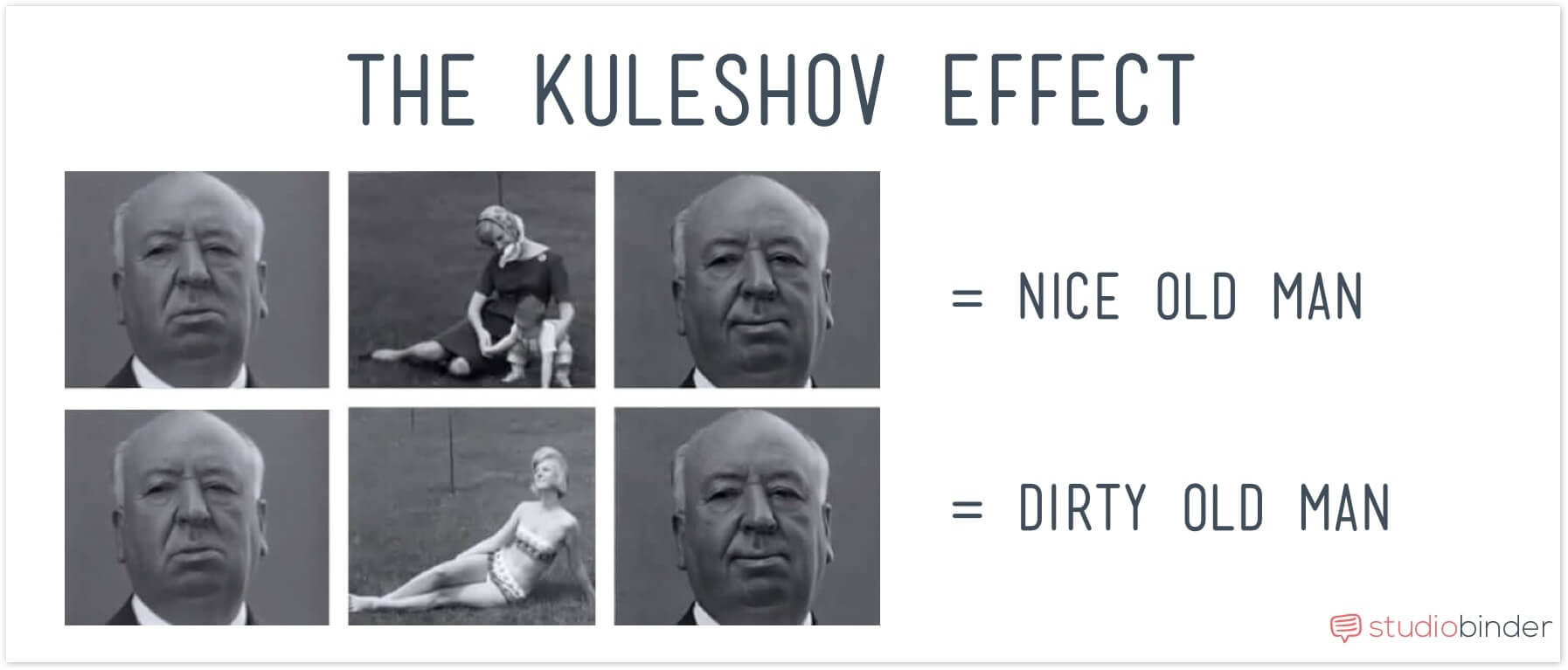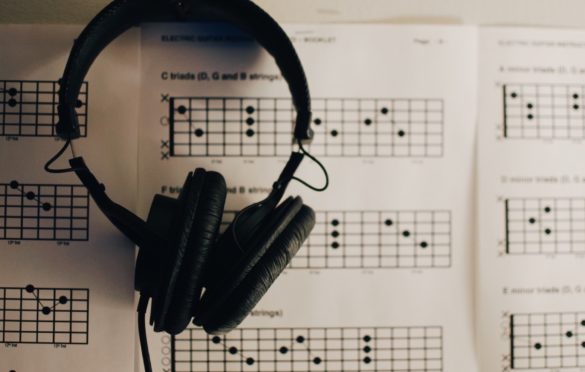Music is an unsung hero of film. It can evoke emotions without words, create a unique aesthetic and style, and connect an audience to a film. In this post, we’ll explore the various ways you can use music to create meaning and utterly, unforgettable film moments.
Music Can Compress Time
Create timeless musical moments
Music can be used to manipulate time. Music used during a montage is an effective way to speed-up or slow-down the experience. The right music choice warps time and evokes emotion.
A great example of compressing time is the opening scene from Up. The montage begins at Carl and Ellie’s wedding and in a matter of minutes, the audience takes an emotional roller coaster through the couple’s lifelong relationship.
Notice how the tempo of the music speeds along as we zip through major life milestones, and slows down to underscore more emotional moments. Imagine if music tempo had not been considered in this sequence. How much of the emotional impact would have been lost?
Favorite Pixars Up Scene ever
Music Can Expand Time
Hans Zimmer's timeless score
Let’s take a look at how Inception used music in conjunction with other techniques to dramatically expand a moment. In real-time, the action lasts mere seconds. But the “kick” montage stretches to almost four minutes, through the use of multiple perspectives and slow-motion. The consistent, pounding musical score ties the sequences together while building and elongating the tension.
Inception kick scene
Musical choices are Commentaries
Kuleshov Effect in music
In the early 20th century, Soviet filmmaker Lev Kuleshov discovered that viewers attach varying emotion & meaning from the unique juxtaposition of shots.

The Kuleshov Effect - Film Montage
The Kuleshov Effect can also be applied to musical choices. Music can either complement the action to enforce the drama of the scene, or it can stand in stark contrast to the action to create a twisted commentary. In either case, greater meaning and drama is created.
Kubrick's Music
The way Kubrick features music
One of the defining characteristics of Stanley Kubrick's directing style is his masterful use of film music. Many of the iconic moments in Kubrick's best movies are guided and propelled by strong, nuanced and unexpected music choices.
In this video, we cover his many aspects that make him one of the greatest film directors but pay attention to the concluding section on music. In particular, how two sequences in A Clockwork Orange remind us just how powerful our associations with music are.
Kubrick Directing Style • Subscribe on YouTube
TARANTINO'S UNFORGETTABLE MUSICAL MOMENT
Tarantino's musical juxtaposition
The juxtaposition in Reservoir Dogs and an upbeat 70’s song during the iconic ear-cutting scene played a role in launching the directing career of Quentin Tarantino. The song’s lyrics masterfully mirror the feelings of a terrified, conflicted and ultimately heroic cop.
The use of “Stuck in The Middle with You” is an instrumental reason (no pun intended) why this scene was so shocking when released, and remains so memorable to this day. Quentin Tarantino discussed this iconic scene by saying “it works in this visceral, emotional, and cinematic way that’s special.
When you do it right and you hit it right, then you can never really hear that song again without thinking about that image from the movie.”
How Tarantino's Music Defies Expectations • Subscribe on YouTube
The Power of Silence
Unforgettable film moment in silence
Music is a great conduit for storytelling, but the lack thereof can be just as powerful. Pulling back on music in appropriate spots not only prevents musical over saturation, but it enables the sound design to pull the viewer into the moment.
The Power of Silence in Jurassic Park
Licensing Music for Film
Licensing music for film projects
Now that we’ve reviewed how creative uses for music, you might be wondering where you can easily acquire music legally for your film. We recommend Vimeo’s Music Store, MusicBed, Mobygratis, Creative Commons, and checking out this list of free and legal music resources. You can also brush up on best practices on music licensing with IndieWire’s Guide to Music Licensing.
UP NEXT
How to use doors to tell better stories
Music can touch a chord in the hearts of all viewers. We hope this article was helpful in getting you thinking a little deeper about music choices for your projects. Music aside, there are many ways in which you can make your scenes more impactful.
That should do for now. How do you use music to tell stories? Share your tips in the comments below!
Up Next: Better Stories Using Doors →
Showcase your vision with elegant shot lists and storyboards.
Create robust and customizable shot lists. Upload images to make storyboards and slideshows.
